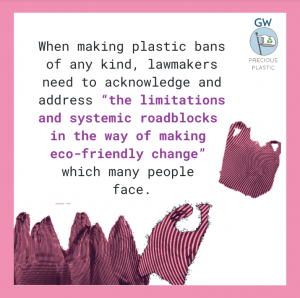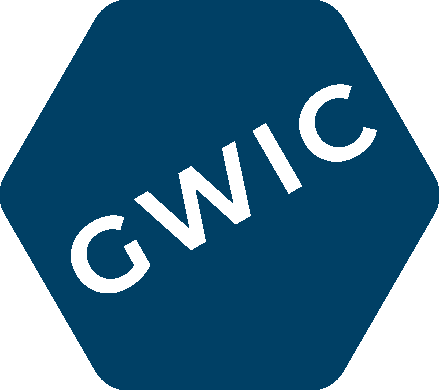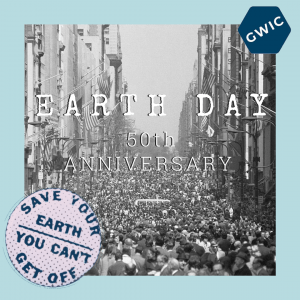
Living in DC, you’ve probably noticed that plastic straws have been done away with — for the most part — as have many plastic containers and plastic bags. These plastics are disappearing from day-to-day DC life as a result of legislation banning and taxing such items. In 2009, DC became the first local government to tax plastic bags with the Anacostia River Clean Up and Protection Act. It required all District “businesses that sell food or alcohol to charge a five-cent fee for each disposable paper or plastic bag distributed with any purchase.”
At first glance, such laws can seem like a universal win for the planet, and while it is crucial that people begin cutting plastic out of their lives in order to mitigate plastic pollution and the climate-change inducing gasses created from producing plastic, it is also necessary that lawmakers take into account the people who will be negatively impacted by plastic bans.
For most of its history, environmentalism has left out the communities most impacted by pollution and environmental degradation, instead favoring the desires of those who have the power and money to advocate for the changes they want to see in the environment. In part, that’s why plastic straws became a national crisis rather than a lack of drinkable water in cities across America. If lead-contaminated water impacted gated, largely white communities rather than low-income communities of color, we would probably be witnessing a different story.
You may have heard of the plastic straw ban being labeled “ableist.” First, to define this term for those who may not be familiar with it, ableism is discrimination and social prejudice against people with disabilities or who are perceived to have disabilities. To someone who is able-bodied, the lack of a plastic straw might–at worst–be an annoying inconvenience. But for folks with disabilities, a flexible straw that does not conduct heat or become too cold might be imperative for drinking a beverage, which is why outright bans without exceptions can be thoughtless and dangerous. Sure, you can expect people to carry around a reusable straw at all times, but do you remember your straw wherever you go? Or your reusable bag or water bottle? Of course not! We’re all human and mistakes are part of our gig, but forgetting an item should not cost someone their health.
And what about plastic bag bans? Well, they have their own set of problems. Bans and bag-taxes use the same tactic of incentivizing consumers to change their behavior. A ten or five-cent tax on each bag may seem like a drop in the bucket, but it is important to consider the “burden this bill places on low-income residents, particularly those who use food assistance to purchase groceries.” For those who use public transport to get to the grocery store, remembering to carry around reusable bags can be more burdensome than simply leaving a couple in your car. Additionally, people who live in food-deserts that have to walk considerable distances to get to the grocery store may find it harder to carry home a week’s worth of groceries in paper rather than plastic bags.
There are ways to make plastic bans more inclusionary, and many governments around the country and world have been intentional in mitigating negative impacts. For plastic straw bans, writing waivers/exemptions that allow “restaurants to give disposable, flexible plastic straws to customers who need them for physical or medical reasons” is a crucial part of making the bans equitable. However, even such waivers can be ignored by restaurants, which is why there should also be a corrective system of reporting flaws in the procedures of restaurants or companies. When New Zealand was writing the legislation for its plastic bag ban, they were warned that “the plastic bag ban could hit the poorest the hardest” by the Ministry for the Environment. To mitigate this problem, the ministry recommended giving people with Gold and Community services cards–the equivalent to the SNAP Food Benefits program in America–reusable bags for free.
A National Geographic blog points out that using the plights that those in a low socioeconomic status face as a reason for why plastic bag bans should not go into effect are a common tool of plastic industry lobbyists. The author also argues that such statements overlook the more pressing issues that the poor face. An individual in financial hardship will be drastically more affected by inadequate health care rather than paying a nickel for using a plastic bag.
Nevertheless, it’s imperative that governments consult with the communities who could be negatively impacted by plastic bans–whether that’s people with disabilities, or those of a lower socioeconomic status–and to consider their voices in the process of legislation.
And what about DC’s plastic bag ban? Is it equitable? Well, there has been little backlash against the ban by DC’s low-income residents (which could be due to the money-power dynamics of politics) but there is more DC could be doing. All of the money raised from the tax goes into various clean-up and restoration projects for the Anacostia River. Considering the health of people as well as the environment, DC could also funnel some of this money into projects that ensure every resident has drinkable tap water.
An article written by Madeleine Somerville for The Guardian sums up the problem of the inequity found in plastic bans well: “An eco-friendly life shouldn’t be a luxury afforded only to those with lots of time, lots of money, or both. It’s also naive to think that environmental problems such as pollution, water shortages and global warming will affect us equally, and expecting equal participation in the form of a one-size-fits-all prescription for the perfect green life is just as ignorant.”
Environmentalists–and the laws they help create– advocating that everyone change their life-style need to acknowledge the fact that not everyone has the means to do so. Everyone should do what’s right for the environment any time they have the choice to–with room for forgiveness because it’s impossible to be perfect. For lawmakers, this means acknowledging and addressing “the limitations and systemic roadblocks in the way of making eco-friendly change” which many people face.




